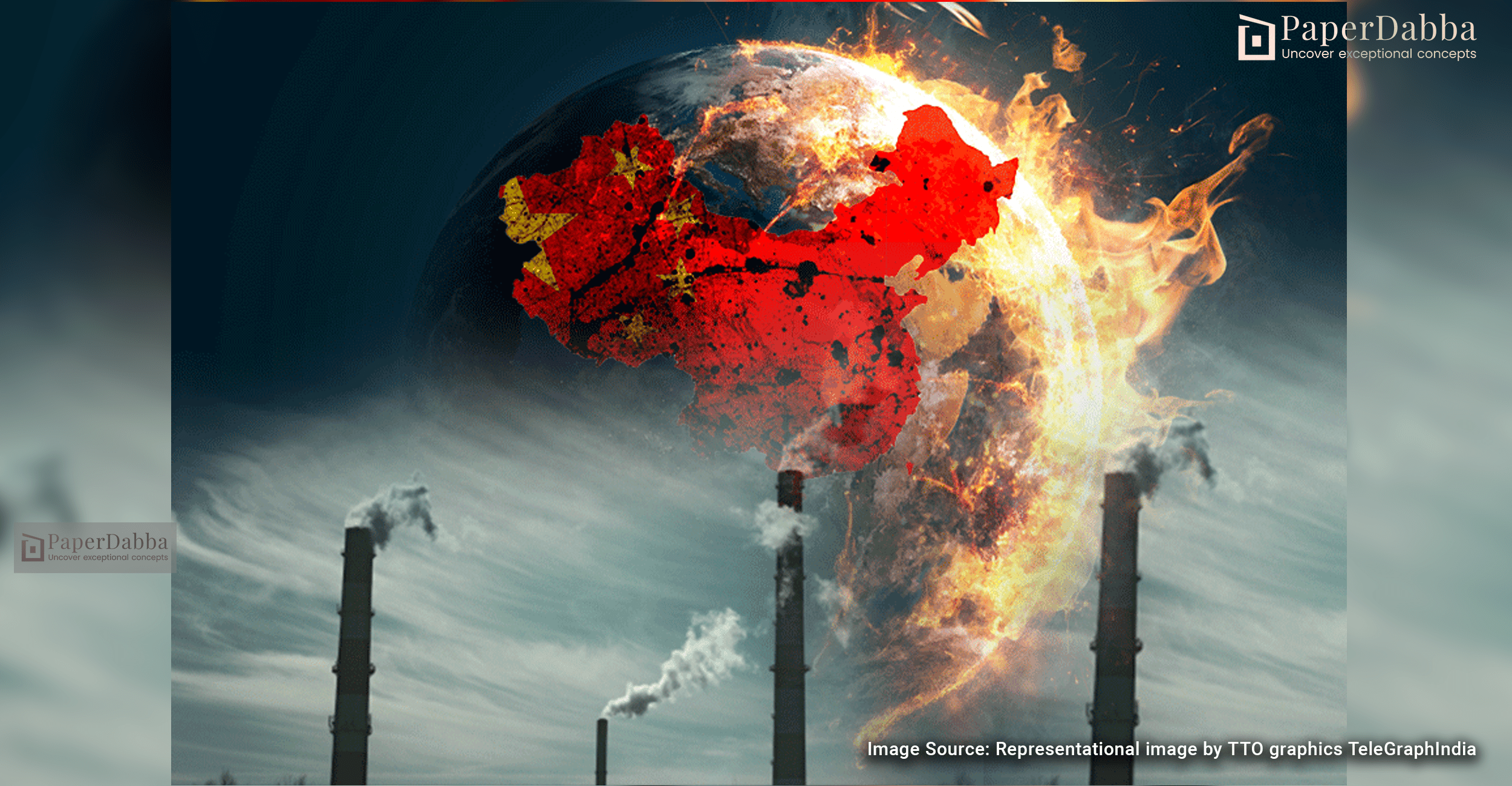Planet-Warming Nitrous Oxide Emissions:
A recent report indicates that planet-warming nitrous oxide (N2O) emissions grew by 40 percent between 1980 and 2020, with China being the largest emitter, followed by India and the US. The top 10 emitters of N2O are China, India, the US, Brazil, Russia, Pakistan, Australia, Indonesia, Turkey, and Canada. Nitrous oxide is the third most significant greenhouse gas after carbon dioxide and methane, and it is 273 times more potent than CO2 over a 100-year period.
The Urgency of Addressing N2O Emissions
The increase in greenhouse gases has already raised the Earth’s average surface temperature by 1.15 degrees Celsius compared to the 1850-1900 average, with anthropogenic N2O emissions contributing about 0.1 degrees of this warming. In 2022, the concentration of nitrous oxide in the atmosphere reached 336 parts per billion, 25 percent higher than pre-industrial levels (1850-1900), significantly surpassing IPCC predictions.
Agricultural emissions were 8 million metric tonnes in 2020, marking a 67 percent increase from the 4.8 million metric tonnes in 1980. Scientists suggest that to keep the global temperature rise below 2 degrees Celsius, as set by the Paris Agreement, nitrous oxide emissions from human activities must decrease by at least 20 percent from 2019 levels by 2050.
Recommendations for the Indian Government
To address the significant contribution of agriculture to nitrous oxide emissions, the Indian government must implement the following strategies:
1. Optimizing Fertilizer Use
a. Precision Farming:
- Implement precision farming techniques to ensure optimal fertilizer application, reducing excess usage.
- Utilize slow-release or controlled-release fertilizers to minimize nitrogen loss and emissions.
- Incorporate nitrification inhibitors to slow down the conversion of ammonium to nitrate, reducing N2O emissions.
b. Crop Management:
- Promote crop rotation and diversification to improve soil health and reduce dependency on synthetic fertilizers.
- Utilize cover crops to enhance soil nitrogen retention and reduce the need for synthetic fertilizers.
2. Improving Livestock Management
a. Manure Management:
- Adopt anaerobic digestion systems to process livestock manure, capturing methane for energy use and reducing N2O emissions.
- Encourage composting practices to manage manure effectively and reduce direct emissions.
b. Dietary Adjustments:
- Improve livestock diets to enhance nitrogen utilization and reduce nitrogen excretion, thereby lowering N2O emissions from manure.
3. Policy and Subsidy Reforms
a. Subsidy Redirection:
- Redirect subsidies from conventional nitrogen fertilizers to support sustainable and eco-friendly alternatives.
- Invest in research and development of innovative agricultural practices and technologies that reduce N2O emissions.
b. Regulatory Measures:
- Implement stringent emission standards for agricultural practices and incentivize compliance through financial support.
- Promote and enforce best management practices (BMPs) for fertilizer and manure application.
4. Education and Training Programs
a. Farmer Training Initiatives:
- Conduct extensive training programs for farmers on sustainable agricultural practices, efficient fertilizer use, and best management practices.
- Develop extension services that provide continuous support and guidance to farmers.
b. Public Awareness Campaigns:
- Launch awareness campaigns to educate the public and farming communities about the environmental impact of N2O emissions and the benefits of sustainable practices.
- Promote success stories and case studies of farmers who have successfully reduced N2O emissions through innovative practices.
5. Technological Innovations
a. Monitoring and Reporting:
- Establish a comprehensive monitoring system using remote sensing technologies and satellite data to track N2O emissions.
- Regularly publish reports on emission levels, sources, and the effectiveness of mitigation strategies.
b. Sustainable Farming Tools:
- Invest in smart agriculture tools that use data analytics and IoT (Internet of Things) to optimize fertilizer application and reduce emissions.
Conclusion
The continuous rise in nitrous oxide emissions poses serious threats to the planet, given its global warming potential. The Indian government must implement these strategic actions to support sustainable agricultural development, enhance environmental protection, and contribute to global climate goals. Reducing nitrous oxide emissions is critical for limiting global temperature rise and ensuring a sustainable future.









